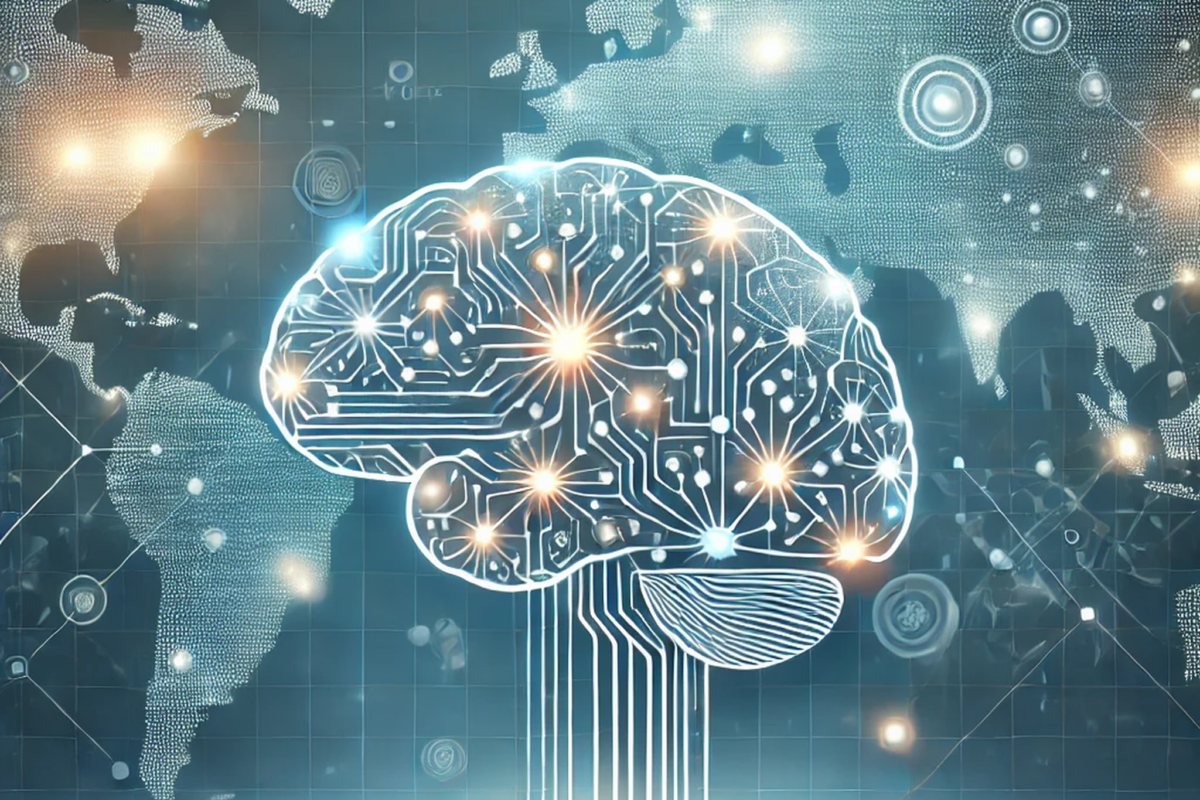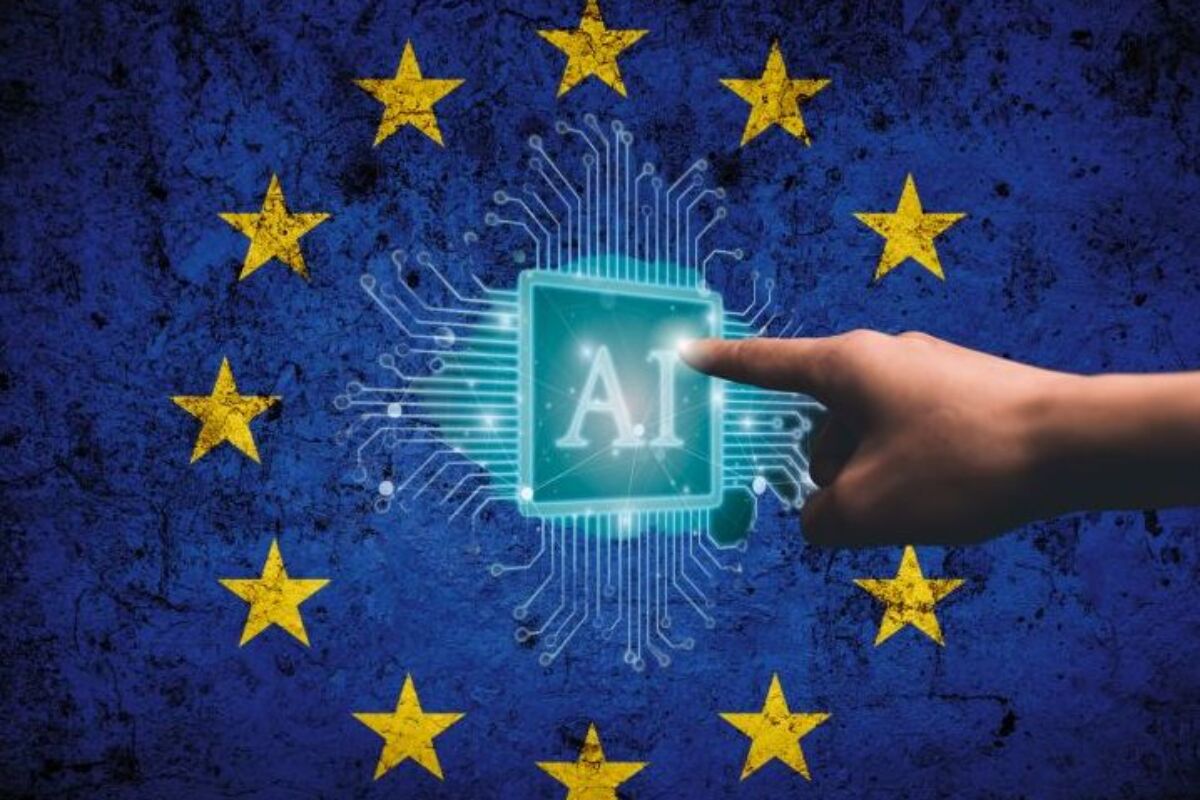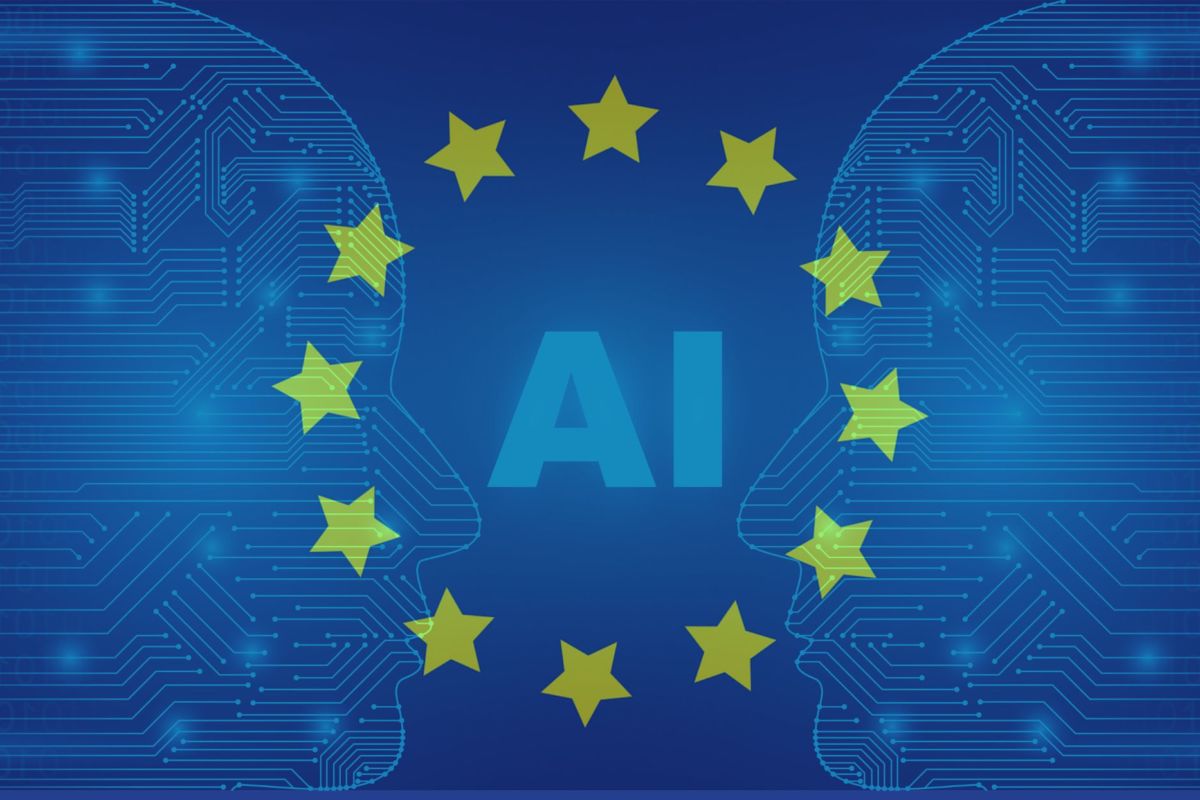In recent weeks, headlines have taken a sharp turn, with Anthropic’s CEO warning that AI could eliminate half of all entry-level white-collar jobs within five years. Business media echo the same worry: is AI replacing – or going to replace – new graduates?
These statements tap into a growing sense that generative AI isn’t just augmenting work – it’s destroying it. This comes amid mass layoffs in tech and consulting. In 2024 alone, more than 95 000 US tech workers lost their jobs. Dismissals at McKinsey, Microsoft, Duolingo and Salesforce are framed as the result of AI efficiency gains.
The narrative is clear: AI is coming for entry-level jobs – and there’s nothing we can do about it. But this deterministic view ignores a simple truth: machines don’t make history. People do.
From levelling up to hollowing out
Just a year ago, the mood was strikingly different. Early studies suggested that generative AI could level the playing field. In controlled experiments, junior professionals using AI tools began to match the performance of their senior colleagues. Customer support agents resolved more complaints. Consultants produced better recommendations. Programmers coded faster and writers wrote better. And each time, juniors and novices gained more from AI support than seniors and experts.
These studies fuelled a wave of optimism. If AI narrowed skill gaps, it could open up new opportunities for middle-skilled workers. AI was envisioned to democratise expertise, enabling middle-skilled workers to take on more complex tasks and allowing organisations to shift complex tasks downward. At its most hopeful, this vision imagined AI as a scaffold – helping juniors, novices and less formally qualified workers climb the ladder faster, learn more and contribute sooner.
But that promise is starting to crack. New evidence suggests that generative AI excels at simple tasks, those most often assigned to junior staff. Drafting emails, checking spreadsheets, summarising meeting notes – these are precisely the tasks AI models perform reliably today. In contrast, high-stakes, ambiguous or relational work typically handled by seniors remains much harder to automate.
In freelance markets – with their short-term, remote and piece-wise work – the effects are already visible: simpler, short-term gigs are disappearing, while the remaining projects demand more skills and offer higher pay.
This reversal has deep implications for how organisations structure work. If AI makes it easier to eliminate the easy tasks, it also makes it easier to eliminate the people who used to do them. Rather than shifting expertise downward, firms can use AI to eliminate the ‘first rung’ of the career ladder entirely.
What this means is not just fewer entry-level jobs, but a growing risk of organisational hollowing. Without these stepping stone jobs, career ladders break. And the vision of AI as an equaliser begins to fade.
Technology doesn’t decide – management does
It’s tempting to see these developments as inevitable: AI improves, junior jobs vanish. But that narrative confuses technological capacity with organisational choice.
There’s nothing automatic about how technology reshapes work. As economic historian Robert Heilbroner argued decades ago, machines don’t make history. They present new possibilities but it’s people, organisations and institutions who decide what to do with them.
The same holds true today. The decision to cut junior roles is not a technical necessity. It’s a strategic choice, shaped by ideas about productivity, cost and talent. Treating AI-driven layoffs as inevitable hides these decisions behind a veneer of technological determinism. It narrows our collective imagination about what a future of work with AI could actually look like.
Imagining the future of work should not be left to Silicon Valley alone. History shows that workers can push back when employers cut corners – and such moments can prompt new social contracts. During early mechanisation waves, skilled male artisans faced the threat of being replaced by unskilled women and children whose labour was cheaper and more easily controlled. The backlash was fierce. Their strikes and protests gave rise to early labour protections, including limits on child labour and rights to organise.
We should be treating the rumoured ‘AI jobs apocalypse’ as a similar inflection point. It could be the catalyst for rethinking what we expect from work and how employers should be accountable to those who are just starting out.
Redesign, don’t erase
Cutting junior roles may seem efficient at first. Tasks still get done, headcounts shrink and costs fall. But in the long term, removing entry-level positions erodes an organisation’s capacity to grow, adapt and retain talent. If employers stop ‘producing seniors’, then their talent pipelines will inevitably dry up.
Entry-level positions are not just operational placeholders. They are where workers absorb organisational context, gain judgement and learn the social skills that no AI can replicate. They’re the foundation for future leadership, organisational continuity and institutional knowledge.
Without these roles, companies risk creating brittle structures – top-heavy configurations where seniors are stretched thin and no one is ready to replace them upon retirement. In short, what seems efficient today may turn out to be costly tomorrow. Using AI to eliminate junior positions without rethinking organisational structures is not transformation. It’s erosion.
AI’s true potential lies not in replacement but in reallocation. It opens the possibility to redesign jobs, restructure workflows and reconsider who does what. It allows us to rethink what junior roles in an AI-first future should consist of to sustain the seniors of tomorrow. But that requires foresight and commitment beyond the next quarterly earnings call.
The time to act is now
AI’s coming of age is an invitation to reimagine the division and allocation of labour in society. Not to erase the bottom of the ladder but to build new and modern steps on it. Not to fearmonger about the end of work but to reimagine what role work should play in our lives.
If we don’t do this, we’ll miss the more important question: who gets to decide what work looks like in the first place?
The future of jobs won’t be written by machines but by people. We should all have a say in it.





































